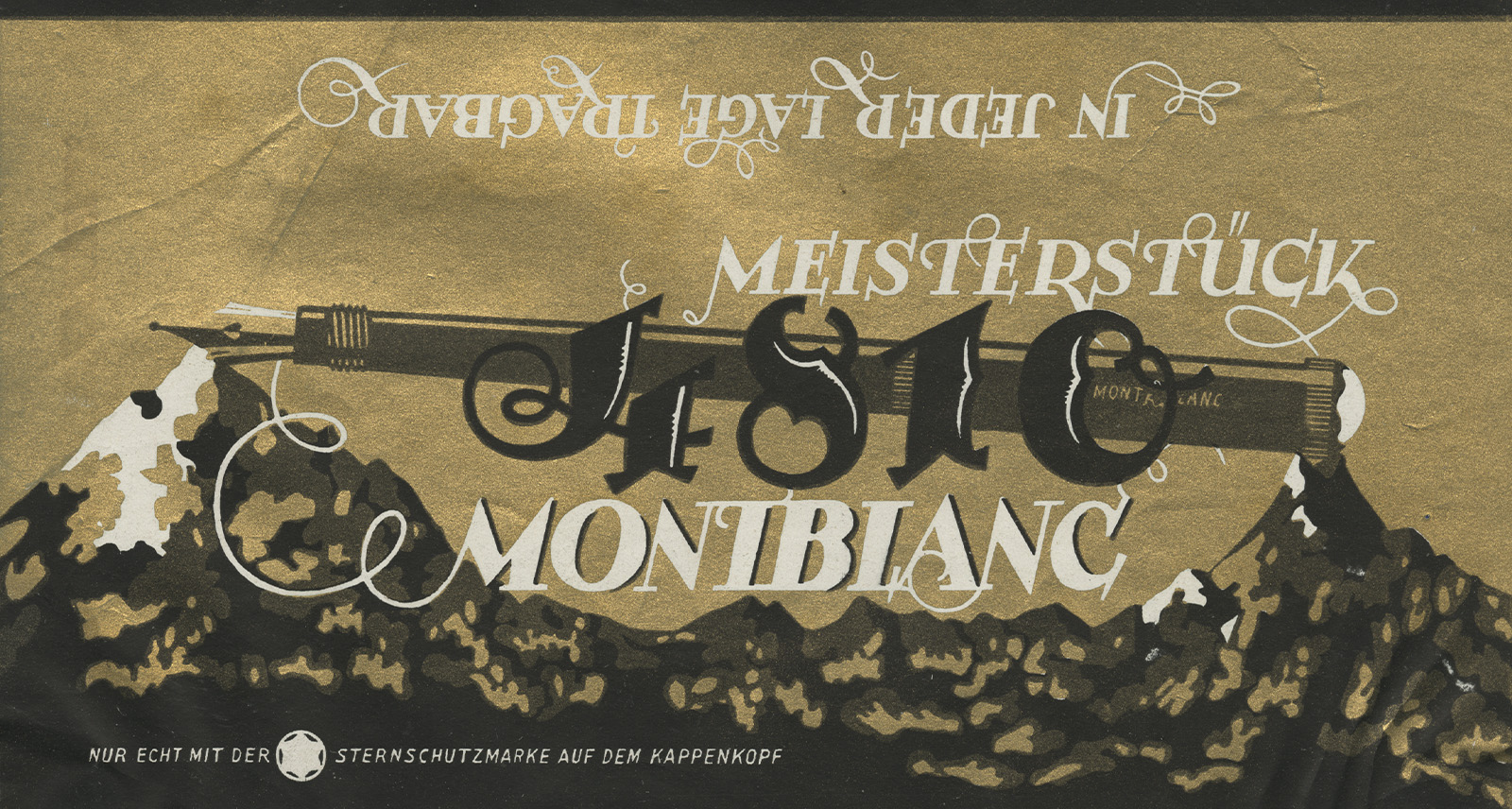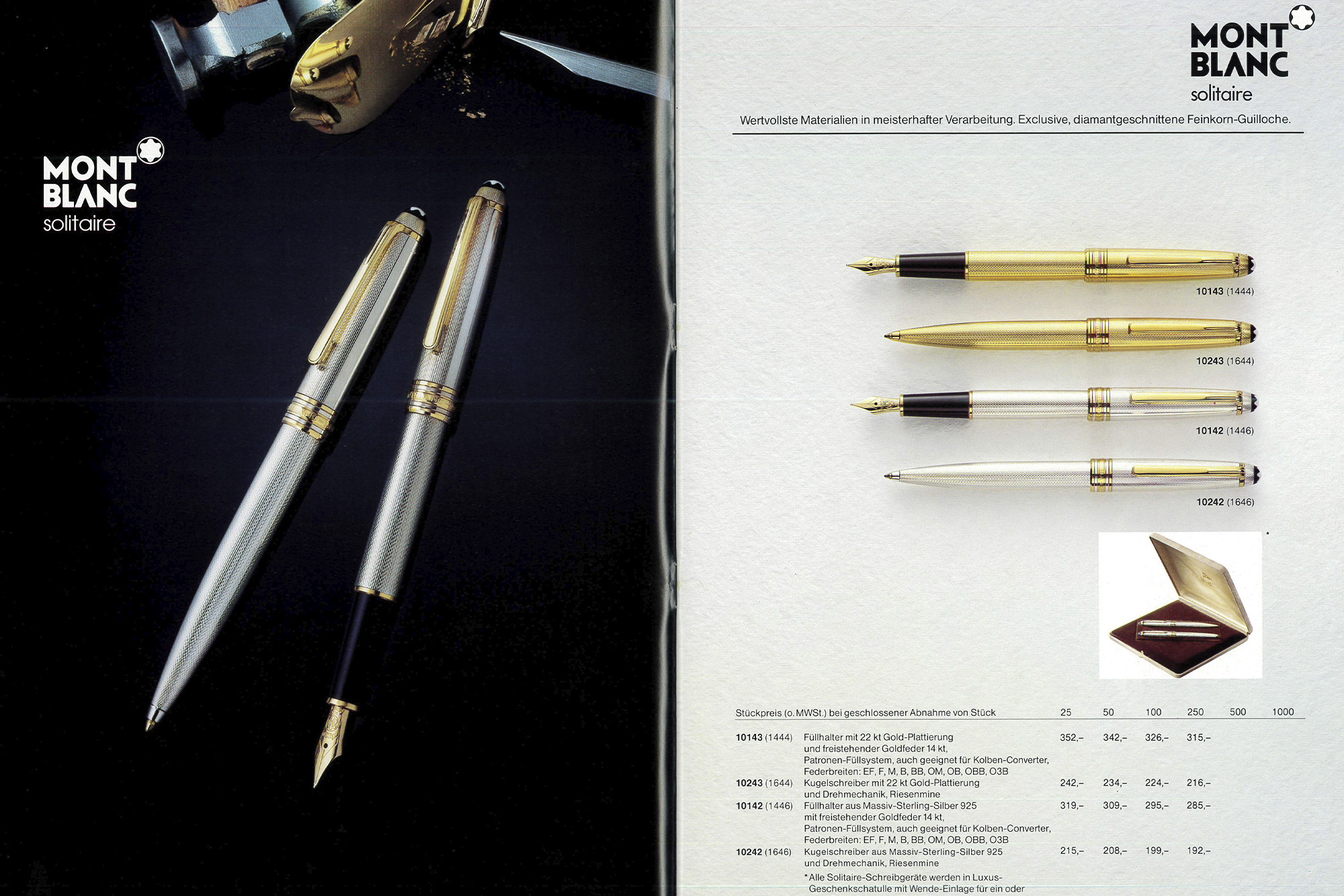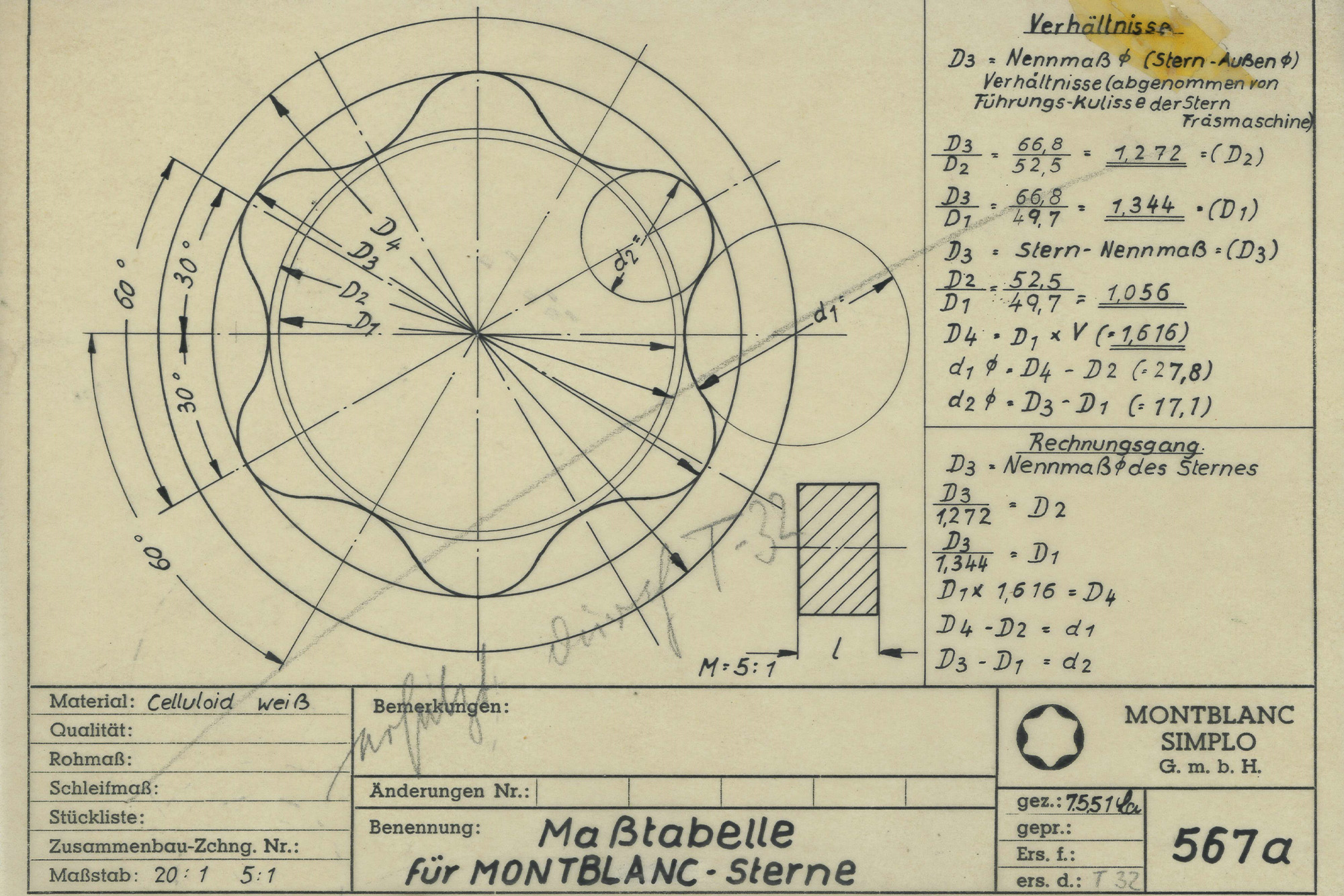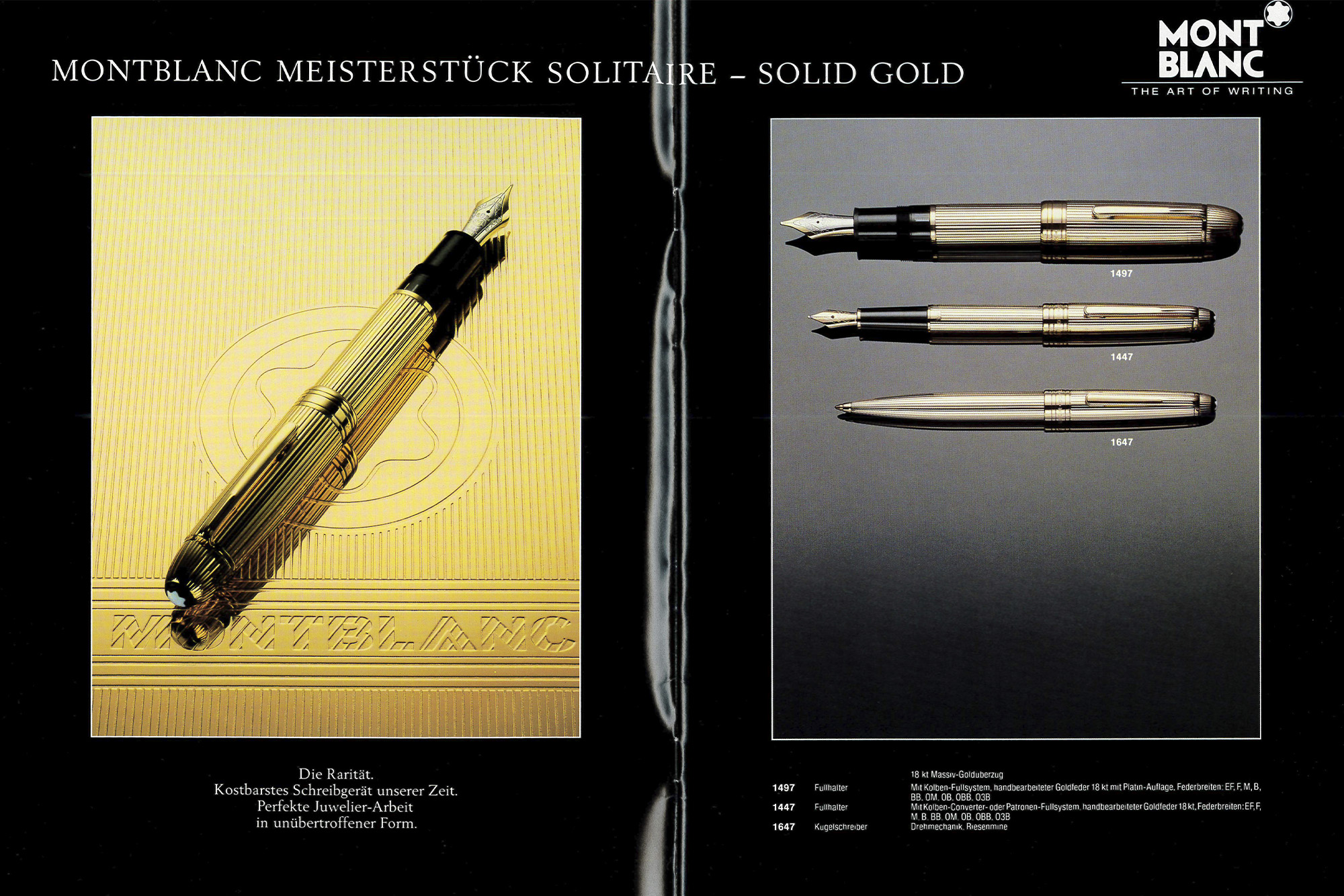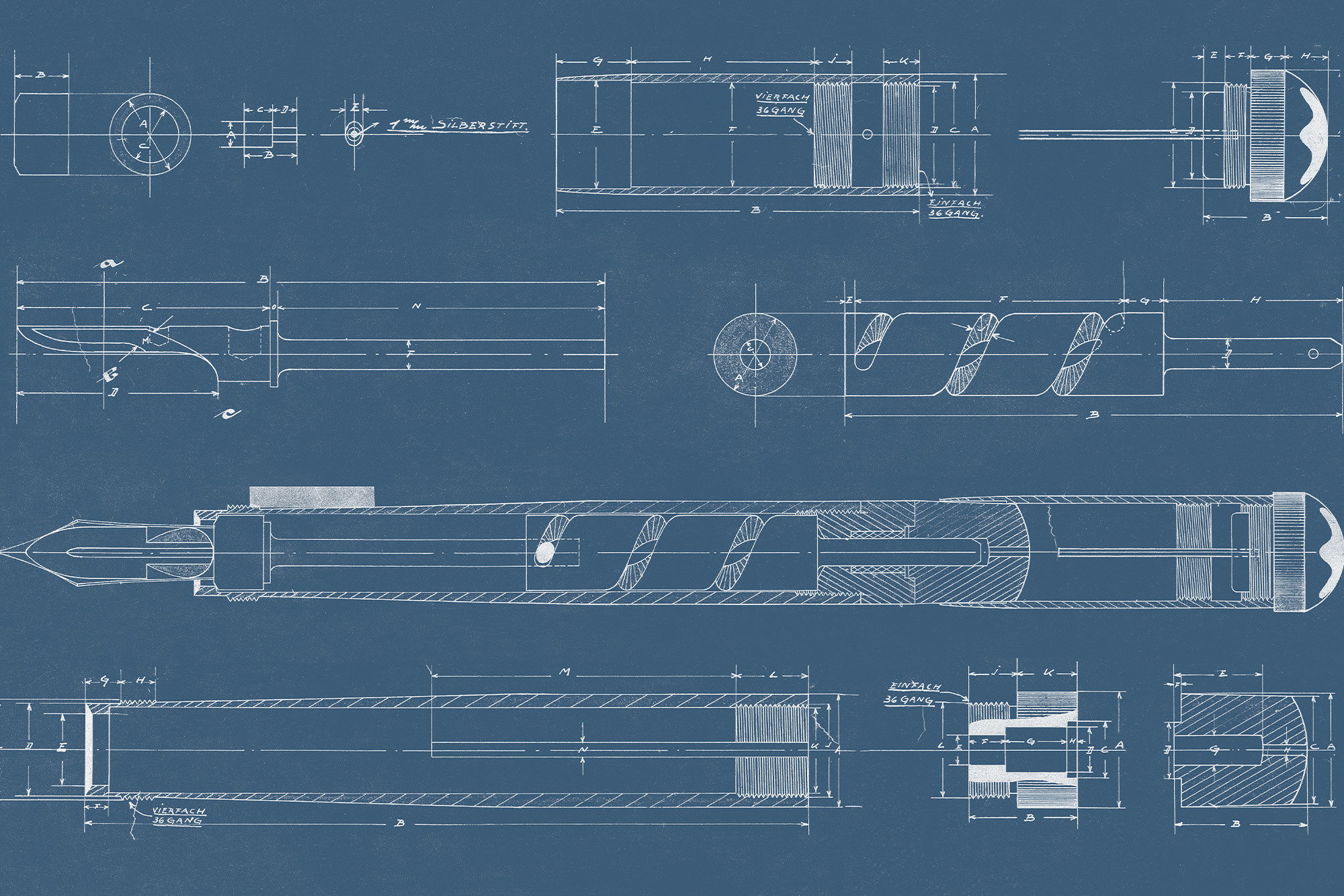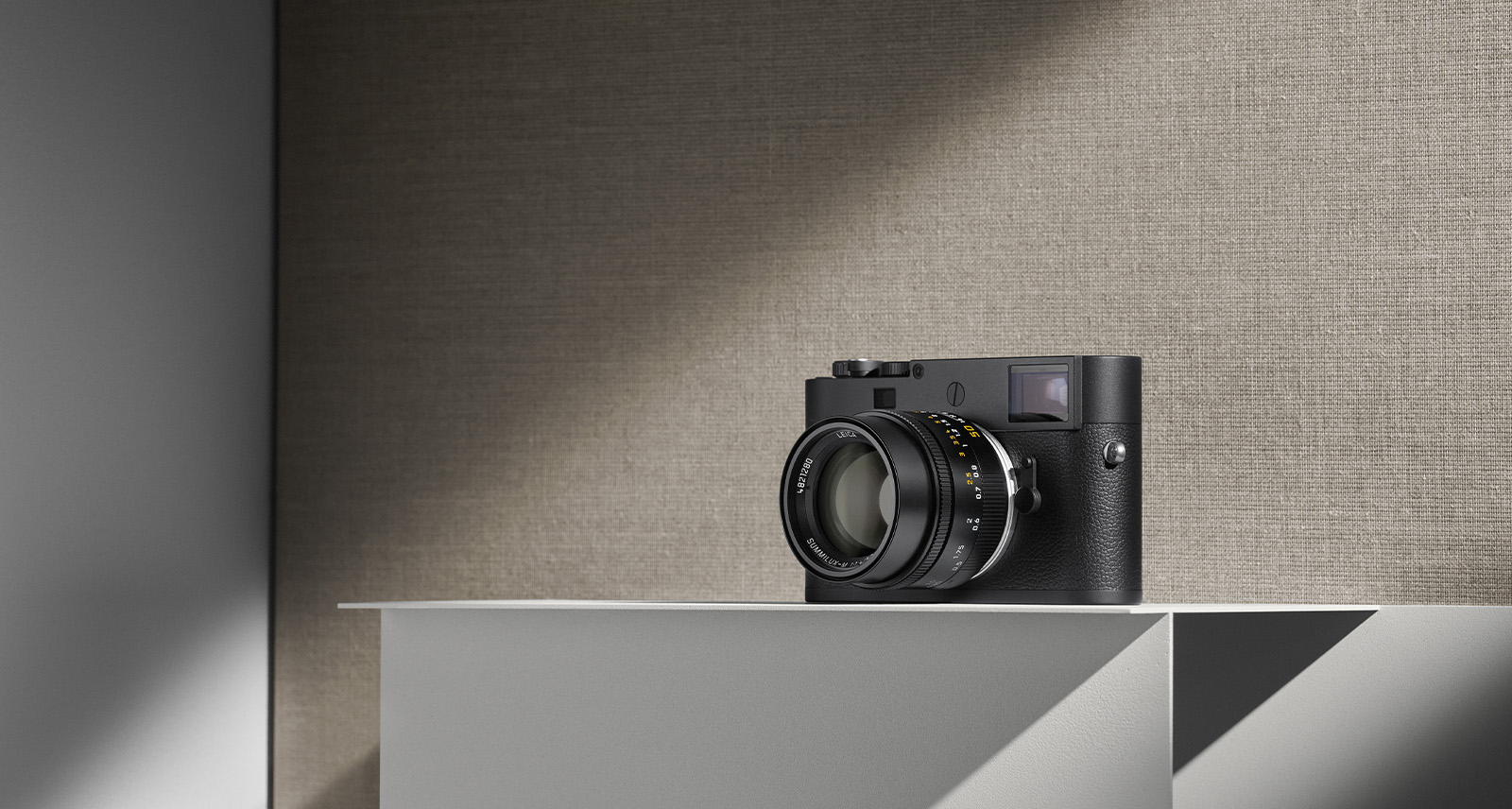The best craftsmen are crafty. They hold back and hush up — saving the finest, most well-made tools for themselves. Just think of expert chefs, who slice and dice using hammered Japanese blue steel knives — the sort you’d never find in a home kitchen. Or professional musicians, who avoid AirPods at all costs, and instead turn to obscure European brands to boost the bass and frequency of their headphones. Or look to Montblanc, the luxury German brand that has been creating one-of-a-kind writing instruments for more than a century.
Because, this year, Montblanc’s storied Meisterstück collection (the name translates to “Masterpiece”) celebrates its 100th anniversary. But this flagship range of writing tools started life not as a product meant for the public, but rather as a personal project among Montblanc’s skilled workers — artisans who had spent years honing their savoir faire, and developed advanced techniques to create individual, distinctive pens for their own private use.
Yet this meant that, when the brand’s customer base began requesting a writing tool for “Sunday use” — a particularly special product that offered a more refined, exclusive writing experience — Montblanc’s staff had already developed the perfect pens for the job. The first Meisterstück arrived in 1924, under its original name: “Simplo.” It came neatly packaged in a handsome, gold-coloured card box that bore the number 4,810 (the height of the Alps’ towering Mont Blanc in metres). Over the years, this number has become even more intrinsically linked with the collection and, since 1930, it has been engraved on the nib of every pen in the Meisterstück range.
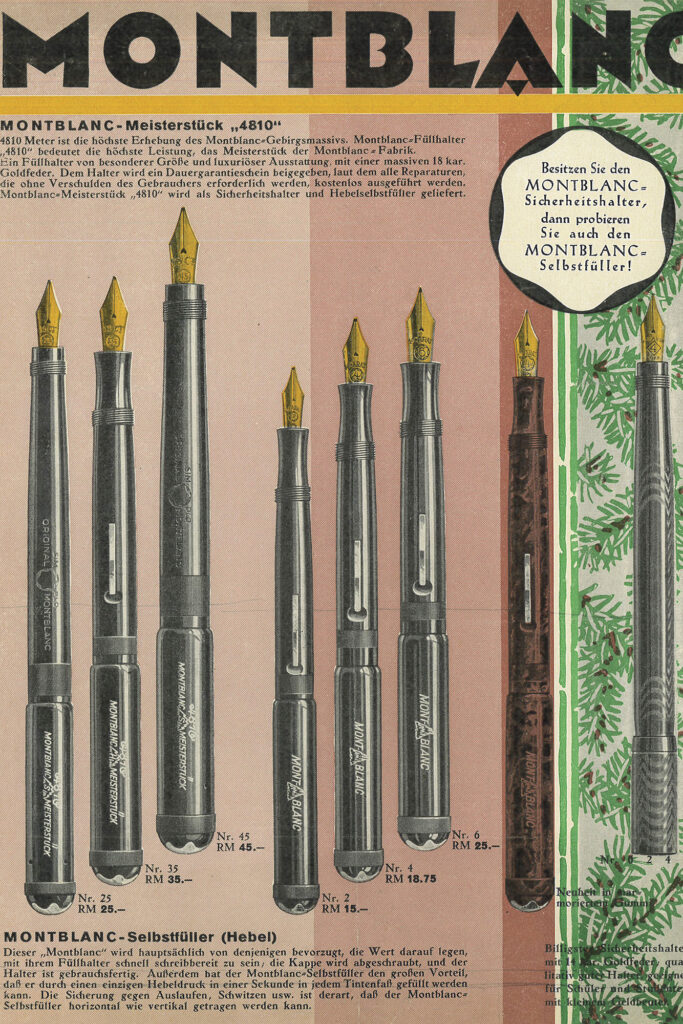
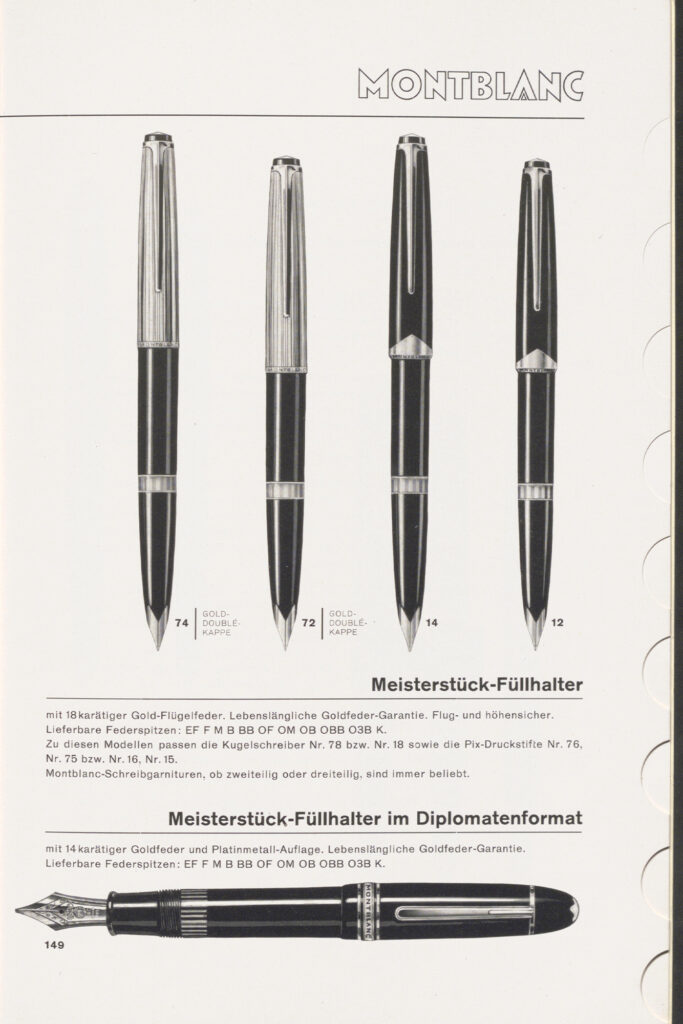
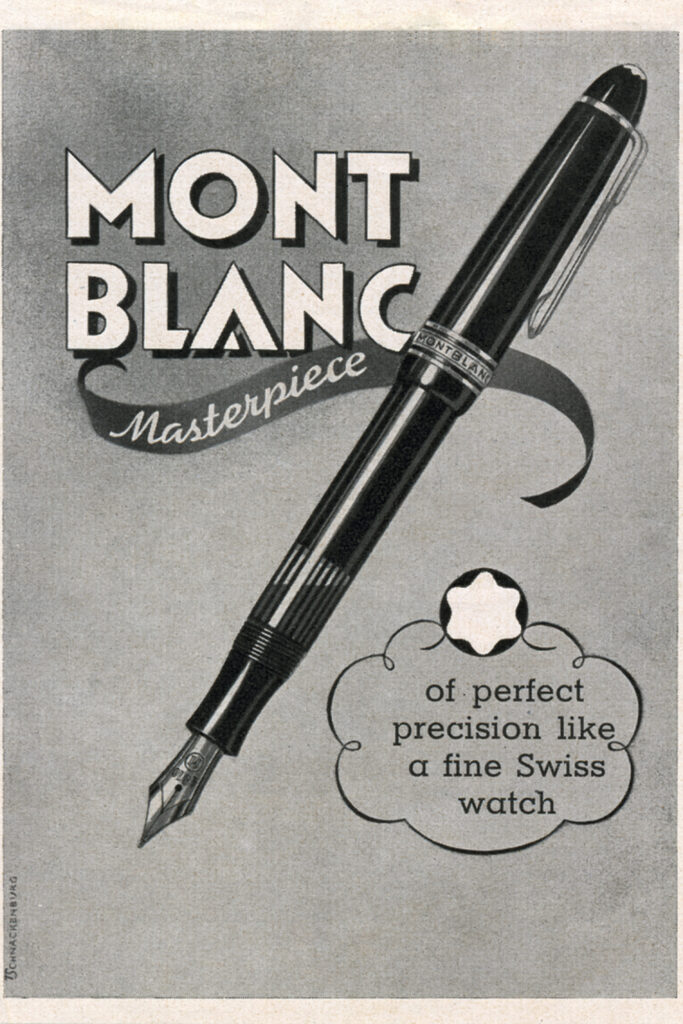
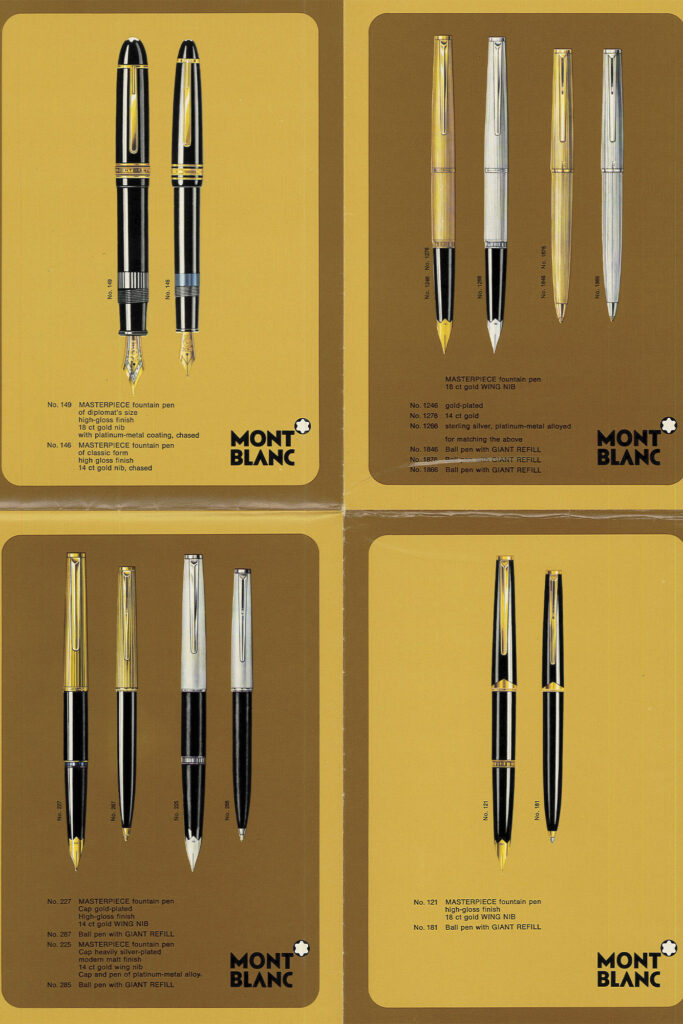
By the mid-1930s, the brand even introduced striking bi-colour nibs — which also became an enduring emblem of the range. The Meisterstück soon established itself as an icon, not just within stationery circles, but also the wider world of design. Each pen ever to bear this noted name is incredibly ergonomic, and immediately recognizable both thanks to its ‘cigar’ shape, and the Montblanc emblem (a white, stylized, six-pointed snowcap) on the tip of its cap. Gold rings were first featured on the caps in 1928, not just as a decorative element, but also to strengthen their structure and reduce the risk of cracking. Today, every model in the Meisterstück range features three rings — said to represent the three individuals who shaped the brand in its early years, Wilhelm Dziambor, Christian Lausen, and Claus Johannes Voss.
But, although the collection may pay homage to years gone by, the iconic Meisterstück doesn’t dwell in the past. Over the decades, the future-facing range has seen its silhouettes adapted and reimagined in a multitude of different ways, including being skeletonized, and teaming up with other brands and institutions — including BMW, Harrods, Pirelli, and UNICEF — to create limited-edition collaborations.
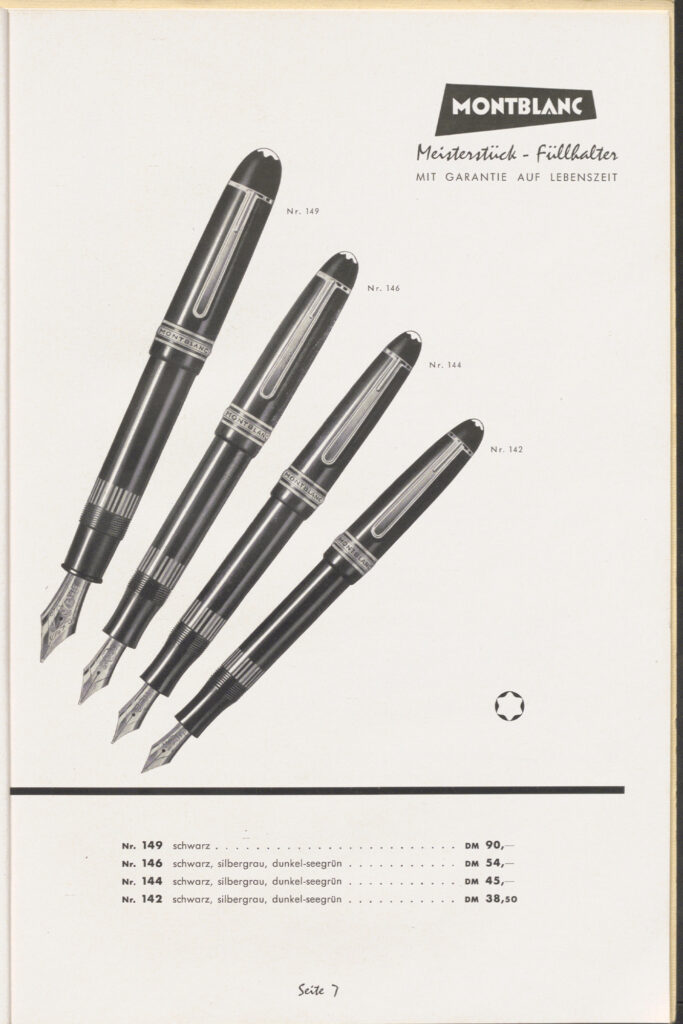
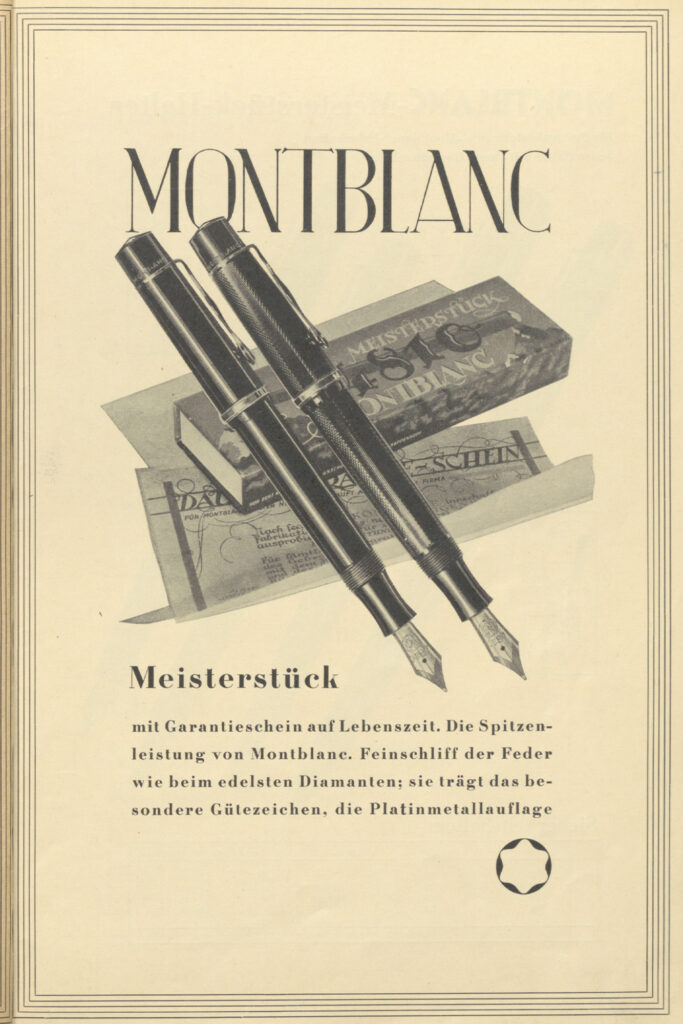
In the 1980s, Montblanc also launched the high-end Solitaire Collection, a line of Meisterstück models crafted from precious metals such as ruthenium, platinum, and palladium. The design has even translated to the German brand’s other goods, lending its instantly recognizable nib shape to both the zip pulls and leather detailing of the manufacturer’s luggage collections.
Yet, above all, the Meisterstück has influenced the craft of writing. Scores of esteemed authors and luminaries from various fields have put their pioneering thoughts to paper through the nibs of Montblanc’s flagship models. And, thanks to the Meisterstück’s enduring legacy and technical innovations, it has not only changed the way
